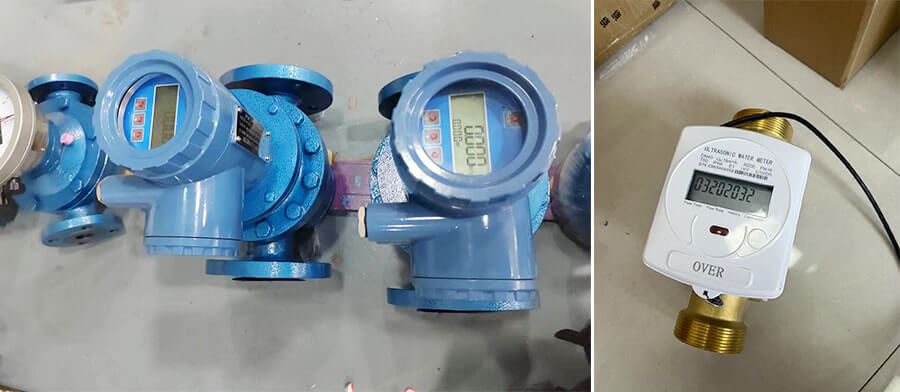Case

Case

A flow meter is an instrument used to measure the flow of a fluid in a pipe or open channel.
Metrology is the eye of industrial production. Flow measurement is one of the components of metrology science and technology.
Flow meters to ensure product quality, improve production efficiency, and promote the development of science and technology have an important role, especially in the energy crisis, industrial production automation is increasingly high in today's era, and flow meters in the production of economic occupies a very important position and role.
Engineering commonly used unit m3 / h, it can be divided into Flow Rate and Total Flow, instantaneous flow that is the amount of effective cross-section over a closed pipe or open channel per unit of time, the material flowing through can be gas, liquid, solid;
The cumulative flow rate is the cumulative amount of fluid flowing through the effective cross section of a closed pipe or open channel in a certain time interval (a day, a week, a month, a year). The cumulative flow rate can also be obtained by integrating the instantaneous flow rate over time, so the instantaneous flow meter and the cumulative flow meter can also be converted into each other.
In industrial sites, instruments that measure the flow of fluids are collectively known as flow meters or flow meters. It is one of the most important instruments in industrial measurement.
With the development of industry, the accuracy and range of flow measurement requirements are increasingly high, in order to adapt to a variety of uses, various types of flow meters have been introduced, widely used in oil and gas, petrochemical, water treatment, food and beverage, pharmaceutical, energy, metallurgy, pulp and paper and construction materials and other industries.

Due to the complexity and importance of the process and the measured object in industrial production, it is important to determine the selection of field flowmeters.
Therefore, to choose a flowmeter correctly and effectively, one must be familiar with the various characteristics of the process and the measured fluid in industrial production and the measurement method to be used. At the same time, other relevant influencing factors must also be considered, such as flowmeter performance indicators (flow range, Ultimate pressure, error and repeatability, etc.), price, use requirements, installation environment and maintenance process, etc., and then analyze, make overall plans, carefully design and select models according to specific conditions.
The flow measurement type refers to the five principles of the five aspects of the five aspects of the type of fluid and instrumental performance, fluid characteristics, installation conditions, environmental conditions, and economic factors in accordance with the type of fluid type and instrumental performance, fluid characteristics, fluid characteristics, installation conditions, environmental conditions, and economic factors.
1. Instrument performance -quality, stability, accuracy, range, linear, signal parameters, response time, pressure loss and other factors.
2. Fluid characteristics -temperature, pressure, density, viscosity, blockage, phase change, corrosion, conductivity, speed, heat conduction coefficient and other indexes.
3. Installation conditions -Pipeline layout direction, flow direction, detection parts of upstream and downstream straight pipe sections, pipe caliber, maintenance space, vibration, power supply and other conditions.
4. Environmental conditions -environmental temperature, humidity, electromagnetic interference, safety, explosion and lightning protection, pipeline vibration and other conditions.
5. Economic factors -procurement fee, installation fee, inspection fee, maintenance fee, service life, spare parts and other factors.